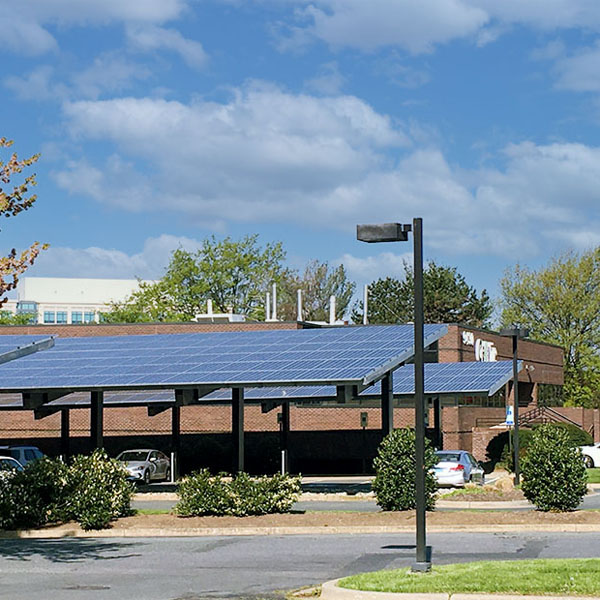Resources
Demand ResponseDistributed Energy Resources (DER)Energy EfficiencyEnergy StorageBattery Electric StorageOther Electric StorageGenerationCoalGeothermalHydrogenHydropowerNatural GasNuclear PowerOffshore WindOnshore WindOperating ReservesRooftop/distributed SolarUtility-scale SolarResource Adequacy
California regulators have proposed new safety standards for battery energy storage systems following a series of incidents at the facilities, including a major fire at Vistra’s Moss Landing site.
Constellation and Calpine proposed selling off several PJM power plants in their merger application with FERC to quell any concerns with market power in some submarkets.
The Texas Public Utility Commission has opened an online portal on its website to accept registrations from cryptocurrency mining facilities with a demand of more than 75 MW.
Government affairs experts previewing New England’s 2025 legislative sessions outlined some key policy overlaps and notable differences among states during a webinar held by the Northeast Energy and Commerce Association.
The PJM Markets and Reliability Committee and Members Committee endorsed a proposal to rework the RTO’s rules around generation deactivations.
FERC issued an order terminating its proceeding on the consideration of greenhouse gas emissions in natural gas infrastructure project reviews.
FERC approved CAISO’s tariff revisions related to real-time bid cost recovery rules for energy storage resources.
The Western Power Pool faced “real potential weaknesses” in 2024 due to staff shortages and outdated financial and accounting systems, the organization’s leadership said during their annual member meeting.
Voltus filed a complaint with FERC against MISO, alleging the RTO’s “11th-hour” changes in testing and contract proof requirements ahead of the spring capacity auctions will harm demand response resources and affect rates.
Groups of generation owners and developers have asked MISO to adopt a queue fast lane only as a last resort and employ a more limited process that involves scoring criteria to gain entry.
Want more? Advanced Search









